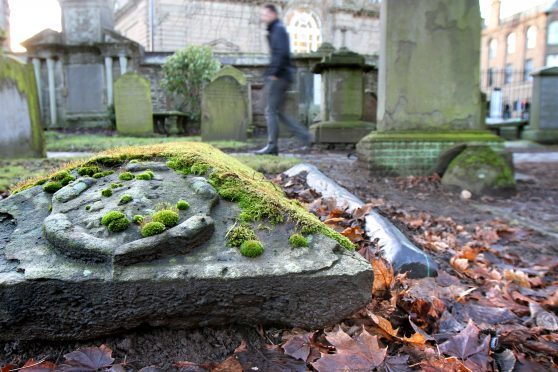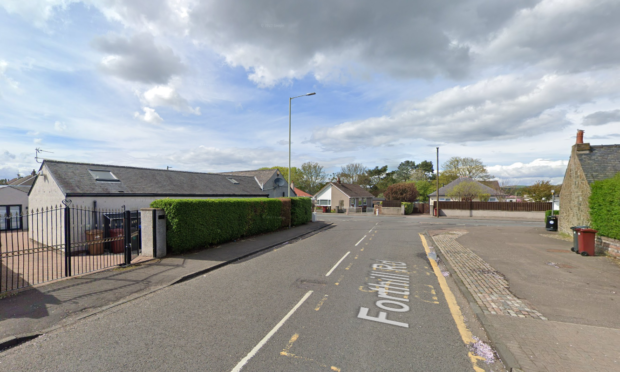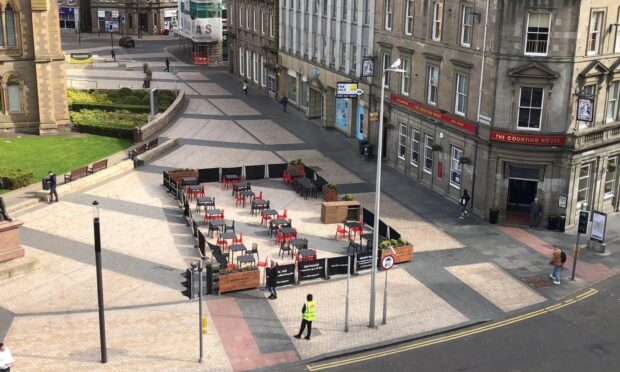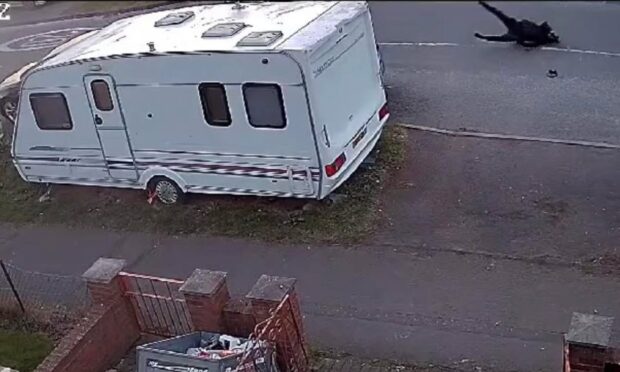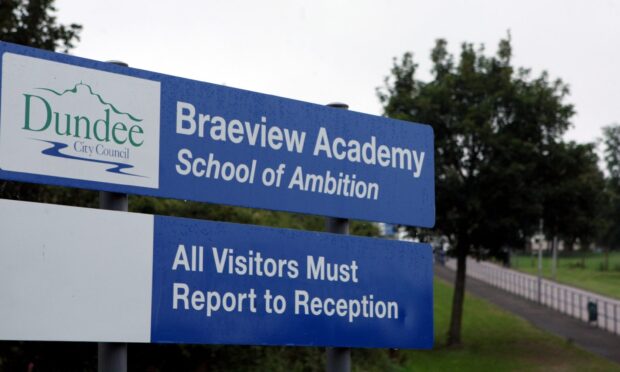Around £20,000 may be needed to ensure the preservation and public display of an ancient grave marker discovered in a Tayside cemetery.
The 13th century stone, believed to be the oldest grave in the cemetery by several hundred years, was discovered accidentally last July during a digital mapping exercise by the Dundee Howff Conservation Society.
It was excavated in December with the help of archaeologist Oliver O’Grady of OJT Heritage and will soon be assessed by sculpture conservation body Graciela Ainsworth Ltd.
To make changes to the A-listed Howff graveyard would require planning consent from Dundee City Council with the society also seeking expert advice from Historic Environment Scotland (HES).
According to Simon Goulding, chair of the Dundee Howff Conservation Group, the costs involved in assessing and repairing the stone as well as potentially displaying it publicly in a glass case, could be up to £20,000
The group is currently assessing all possible solutions with crowdfunding and grants two options on the table.
Mr Goulding said that it is vital that the stone is preserved for future generations.
He said: “The stone burial marker is in a very poor condition and it seems to have been repaired at one end.
“We still have to discuss what is the best option.
“The stone will need to be removed from the site to allow it to dry out and then allow structural stabilisation of the surface.
“Once complete it will either be returned to the site or placed within a museum — this decision has yet to be discussed with the council and HES.
“The cost of 3D recording of the stone and its repair will be in excess of £12,000.
“This does not include any costings for it to be replaced in the Howff if that is to be the case.
“I expect around £20,000 will be required to have the stone removed, preserved and put on display.”
Experts believe the stone has been reused for burials on at least two occasions since it was first placed in the 13th century.
One of these, dating from 1603, is a memorial to Christian Rutherford, wife of David Lindsay, who was Master of Dundee Grammar School and latterly the Bishop of Edinburgh.
Previous to the shock find, the oldest stone in the ancient burial ground was dated from 1577.
Mr Goulding added that though further analysis is required to learn the stone’s history, its exact date may prove illusive.
He added: “We may never find the actual date of the stone or where it was originally used.
“Dr Oliver O’Grady, however, is sure it has its origins in the 13th Century due to its size and shape.
“It may have come from the Greyfriars Monastery and could have been used as a burial marker for the Earls of Crawford who were buried in the monastery, or it could have been used for an important noble elsewhere in the city centre such as St Mary’s Kirk.”
